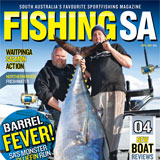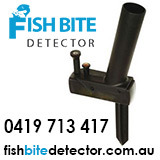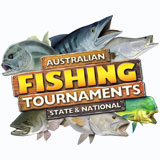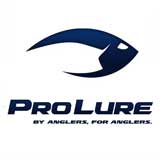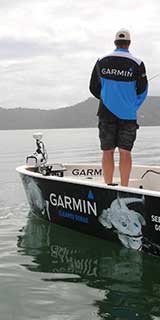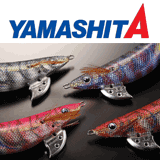Species ID
View AllBrownlip Abalone
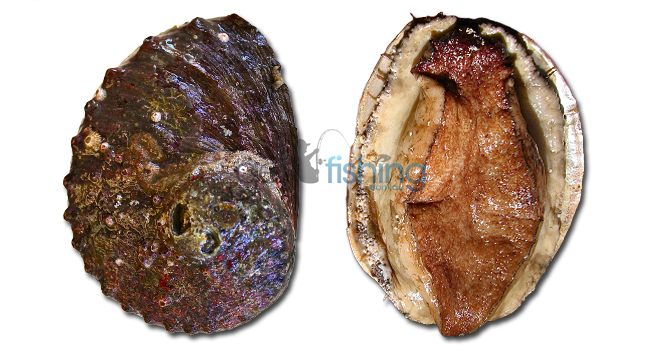
The Brownlip abalone is a type of herbivorous marine mollusc called a Gastropod. The rigid, oval-shaped protective shell is brown in colour, often covered in algae and/or pieces of seaweed. They get their name from the colour of the ‘lip’ or edge of their muscular foot which is distinctly brown in this species. On the inside the shell is smooth and shiny with mother-of-pearl colouration.
Other names
Abs, Muttonfish
Common size
10-16cm
Related species
Roe’s abalone, Greenlip abalone, Blacklip abalone, Paua (NZ)
Lifespan
Around 13 years
Habitat
Brownlip abalone prefer to reside amongst boulders and in cracks, caves and crevices in reef and rocky environments. They generally occur between the intertidal zone to 30m in depth.
Reproduction
Brownlip abalone are broadcast spawners whereby males and females release their sperm or eggs into the water at the same time. They spawn in late spring and summer and reach maturity at roughly 3 years old and 8-9cm in shell length. Mature at 3-4 years and 11cm.
Diet
Use their rasp-like radula (tongue) to graze on algae with a preference for drifting red algae that floats by.
Catch care
Keep your abalone in a keeper net in the water or a wet hessian bag (or similar) in a cool shady place and refrigerate as soon as practically possible.
Information courtesy of Department of Fisheries WA.
Distributed along temperate coastlines of Southern Australia from Rottnest Island WA south around to Victoria. They are found around rocky outcrops and headlands as well as small offshore islands.
5 stars. Abalone are highly prized marine snail sought after for their excellent eating qualities. The muscular foot is the part which is eaten and is a delicacy in many countries, particularly throughout Asia. Abalone provide great eating and can be consumed raw or cooked in many ways including soups, chowder, BBQ, and are excellent fried in a variety of marinades, chilli & garlic, egg and breadcrumb, saute. They also go great with a sweet chilli & sour cream dip!
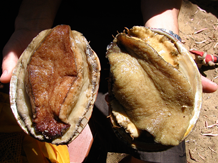
- Are from the family Haliotidae (abalone)
- Distinguished by the brown coloured edge or ‘lip’ of their muscular foot
- Can measure up to 24cm across the shell
- Are preyed upon by fish, stingrays, sea stars, rock lobster and octopus
- Are a lucratively targeted for export
- Can fetch up to $2000/kg for special dried abalone
- Annual commercial catch of about 10 tonne per year
- Is one of Australia’s largest and fastest growing species of abalone
- Good eating



